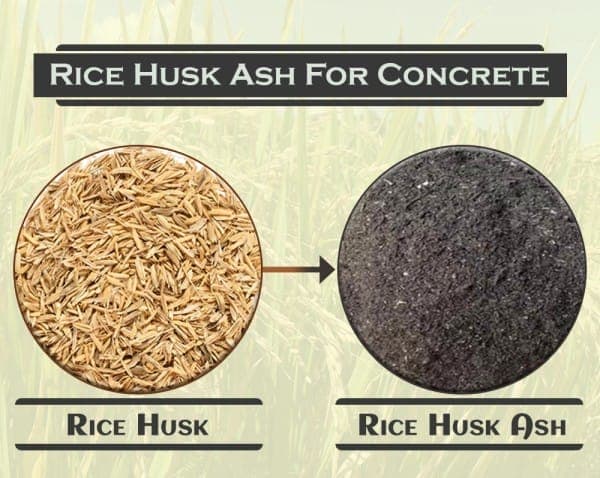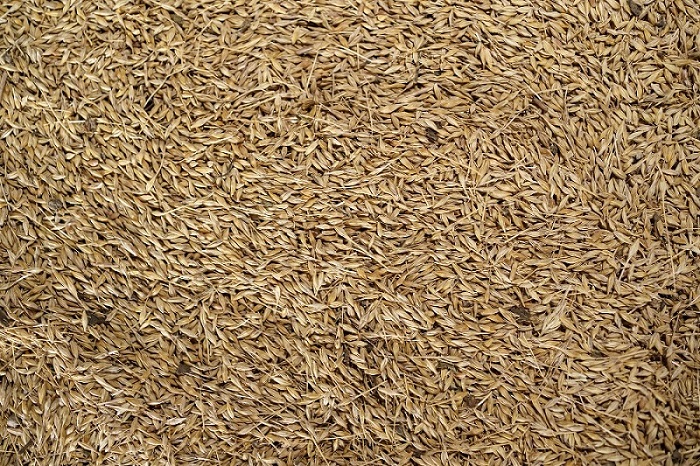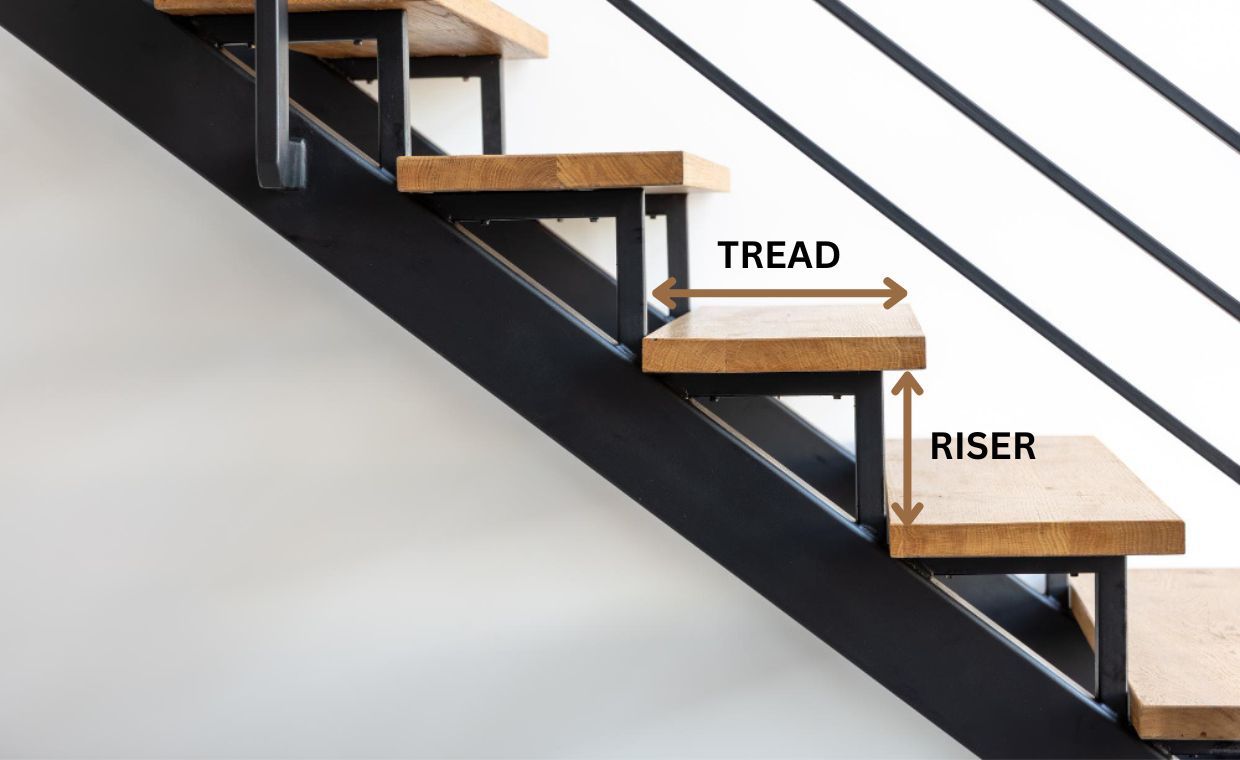
Concrete is the most essential aspect of any construction. and widely used material in the construction industry. Selection of concrete depends on various factors like environment, energy consumption, budget and technical aspects. Hence the concrete technology stepped towards the development of alternative building material which can fulfil these aspects and are locally available so as to reduce the cost of construction. Many materials are used for these purposes like ground granulated blast furnace slag (GGBS), rice husk ash (RHA), silica fume, fly ash etc. All these materials are categorized as pozzolanic admixtures or mineral admixtures. They are also known as a supplementary cementitious material.

Here, we have discussed the rice husk ash, its manufacturing procedure, properties, advantages and disadvantages, uses and effects on properties of concrete etc.
RHA – Rice Husk Ash

Rice husk ash is a by-product of agriculture and is generated in rice mills. Rice husk (rice hull) is the coating of seeds or grains of rice. This coating protects the seed or grain during the growing season. The husk converts to hard materials, including opaline silica and lignin. When properly burnt, rice husk contains high amounts of silica (SiO2). Hence it can be used as supplementary cementitious material in combination with cement to make concrete products. When paddy is milled, 80% of the weight is of rice and 20% of the weight obtained is husk. This husk can also be used as a fuel for steam or power generation and other purposes.
Rice Husk
According to ‘Habeeb et al’ (Published in Materials Research), the world produces about 649.7 million ton of rice every year. For every 1000kg (1 ton) of paddy milled, about 200kg (20%) of husk is produced, and when this husk is burnt in the boilers, about 40kg (20%) of rice husk ash is generated. RHA makes a great pozzolonic material since it has almost the same properties as that of silica fume or micro silica. Thus, there is a great potential in using RHA as an admixture of concrete.
Manufacturing Procedure of Rice Husk Ash
Rice husk contains around 75% of organic fickle matter. The other 25% of the weight of this husk is converted into ash during the firing process. This ash is known as rice husk ash (RHA). It is also known as a rice hull ash.
According to ‘Fapohunda et al’ (Published in International Journal of Sustainable Built Environment), highest amorphous silica could be obtained by burning the rice husk at the temperature of 500–700°C.

Rice husk ash is an active pozzolana and has several applications in the cement and concrete industry. The use of RHA is less-expensive because it reduces the cement requirement, thereby decreases the overall production cost of concrete. Reduction in cement requirement leads to less environmental pollution by cement factories and provides economic and environmental benefits, along with providing a utilitarian way of disposing this agricultural waste product which has little alternative use.
Rice Husk Ash
Advantages of Rice Husk Ash
- Rice husk ash provides good compressive strength to the concrete.
- It is a by-product; hence, it helps in cutting down the environmental pollution.
- The high silica content makes it a good supplementary cementitious material or pozzolanic admixture.
- The density of concrete containing rice husk ash is similar to the normal weight concrete; hence, it can also be used for the general-purpose application too.
- The impervious microstructure of rice husk ash concrete provides better resistance to the sulphate attack, chloride ingress, carbonation etc.
- Rice hull concrete has good shrinkage property and increases the durability of concrete.
Disadvantages of Rice Husk Ash
- By the use of rise husk ash, concrete progressively becomes unworkable. Hence water-reducing admixtures should be used to obtain workable concrete for the ease of placement and compaction of concrete.
Uses of Rice Husk Ash
The main uses of rice husk ash are as follows:
- Rice hull ash is used to make high-performance concrete.
- Rice hull ash is used as an insulator.
Rice hull ash is also used in:
- In a ceramic glaze
- In roofing shingles
- In waterproofing chemicals
- In oil spill absorbents
- In speciality paints
- Flame retardants
- In insecticides and biofertilizers etc.
Green Concrete: The green concrete is eco- friendly and saves the environment by using by-products as its constituents. These by-products are generated by industries in various forms like fly ash, rice husk ash, micro silica, GGBS etc. The production of green concrete is very easy and inexpensive as it uses waste products directly as a partial substitute for cement or aggregates. Moreover, green concrete gives the resource-saving structure, greater strength and durability than the normal concrete.
To know more about green concrete read Green Concrete: Its Application, Advantages & Disadvantages.
Chemical and Physical Properties of Rice Husk Ash (RHA)
According to ‘Siddika, Ayesha & Mamun, Md & Ali, Md.’ (Published in Innovative Infrastructure Solutions), the chemical properties of rice husk ash are as follows:
Chemical Properties:
- SiO2: 78–86
- Al2O3: 1–2.0
- Fe2O3: 16–1.85
- CaO: 55–4.81
- MgO: 35–4.5
- SO3: 24–1.18
- Na2O: 1–1.14
- K2O: 54–3.68
- Loss in ignition: 4–8.55
Physical Properties:
The physical properties of rice hull ash vary depending on the temperature of burning and grinding of the rice husk.
- Colour: Grey
- Specific Gravity: 05-2.53
- Specific Surface Area: 40-100 m2/g
- Bulk Density: 200-300 kg/m3
Effect of Rice Husk Ash on the Properties of Concrete
01. Setting Time of Concrete
‘Namrata Verma et al.’ (Published in International Journal of Engineering Research & Technology (IJERT)) conducted an experiment to check the behaviour of concrete containing RHA for initial and final setting time. They concluded that the initial setting time of RHA concrete increases and the final setting time decreases with increase in RHA content. This behaviour may be due to the low rate of hydration in the paste containing RHA.
02. Workability
According to ‘Mehta P.K.’ (Published in Proceedings of the CANMET/ACI International Symposium on Advances in Concrete Technology), higher the percentage replacement of cement with RHA, lower is the workability of fresh concrete mix. However, the workability of the concrete can be improved by the use of water reducers or superplasticizers.
03. Strength
Rice husk ash concrete improves the compressive strength of the concrete. ‘Syed Mehdi Abbas et al’ (Published in International Journal of Scientific & Engineering Research) carried out tests to find out the ideal RHA replacement level with Ordinary Portland cement to achieve the maximum compressive strength of concrete. They casted concrete cubes with the replacement of RHA at 5%, 10% and 15% with OPC and concluded that the concrete containing 10% of rice hull ash showed the maximum compressive strength. It is because of amorphous silica and the fine particle size of rice husk ash.
04. Permeability and Chemical Stability
The resistance to the penetration of chlorides and other chemicals is the most important factor which decides the durability of concrete. Addition of rice hull ash in concrete imparts pozzolanic effect. It reduces a large amount of calcium hydroxide and makes extra C-S-H gel. Hence it improves the concrete matrix, makes it dense resulting in the lower permeability of concrete and high resistance to the penetration of chlorides and other chemicals.
How to Use Rice Husk Ash?
There are two methods for using rice husk ash in the concrete.
- The rice hull ash can be blended with ordinary Portland cement
- Ordinary Portland cement can be replaced by rice husk ash with definite percentage.
The various experimental investigations disclosed that incorporation of rice hull ash as partial replacement of cement improves the compressive strength of concrete. The replacement percentage of rice husk ash varies from 5% to 30% by the weight of cement.
In the final note, the use of by-products like rice husk ash in the concrete improves the quality of concrete and reduces pollution as well as the cost of construction. It is proved as an environmentally friendly method of disposal of large quantities of waste materials that would otherwise pollute land, air and water. It can be added with the cement 5-30% by weight to increase the strength of concrete. Thus, it is a green product and saves cost too.
Also Read:
Metakaolin in Concrete: Its Properties, Advantages & Disadvantages!
8 Eco Friendly Building Materials Utilised in Green/Sustainable Buildings!
M Sand-Manufactured Sand: Eco-Friendly & Economical Substitute to River Sand
Image Courtesy: Image 3

































